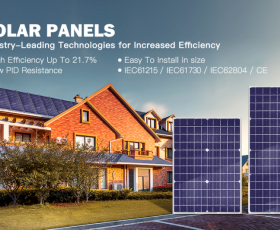The stages of a photovoltaic charge controller are an important aspect of managing and maintaining a solar power system. Understanding these stages can help users optimize the efficiency and longevity of their photovoltaic system. In this article, we will explore the various stages a photovoltaic charge controller and their functions.

Introduction to Photovoltaic Charge Controllers
Photovoltaic charge controllers are essential components in solar power systems, as they regulate the flow of electricity from the solar panels to the batteries. These controllers help to prevent overcharging and ensure that the batteries receive the optimal amount of charge. There are different types of charge controllers, including PWM (Pulse Width Modulation) and MPPT (Maximum Power Point Tracking).Stage 1: Bulk Charging
The first stage of a photovoltaic charge controller is known as bulk charging. During this stage, the controller allows the maximum amount of current from the solar panels to flow into the batteries. This helps to quickly replenish the charge in the batteries, especially if they have been heavily discharged. The voltage is allowed to rise to a set level, usually around 80% of the battery’s capacity.Stage 2: Absorption Charging
Once the batteries reach the predetermined voltage level, the charge controller enters the absorption charging stage. In this stage, the controller maintains a constant voltage while reducing the current flow as the batteries near full capacity. This allows the batteries to reach a full charge without overcharging, which can lead to reduced battery life.

